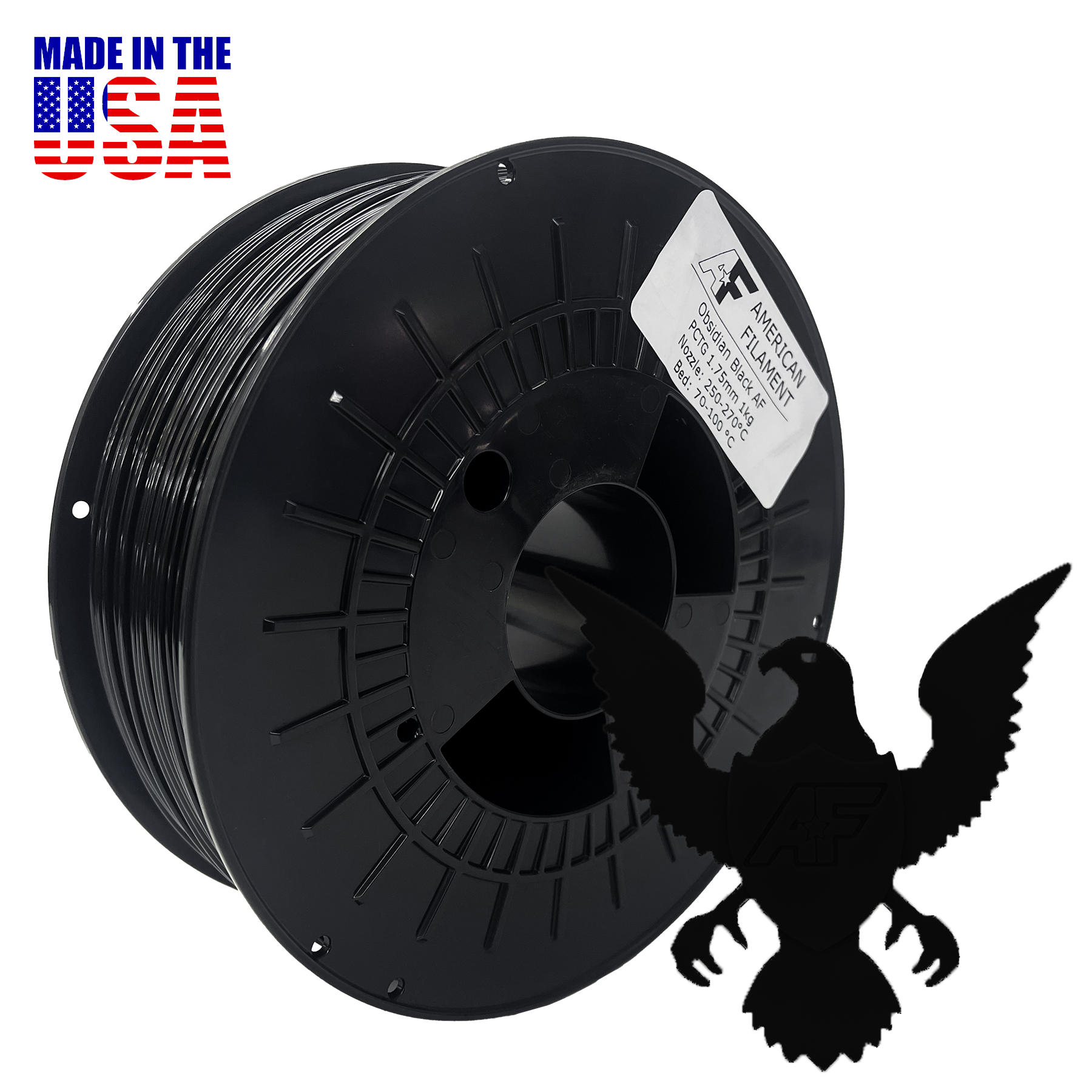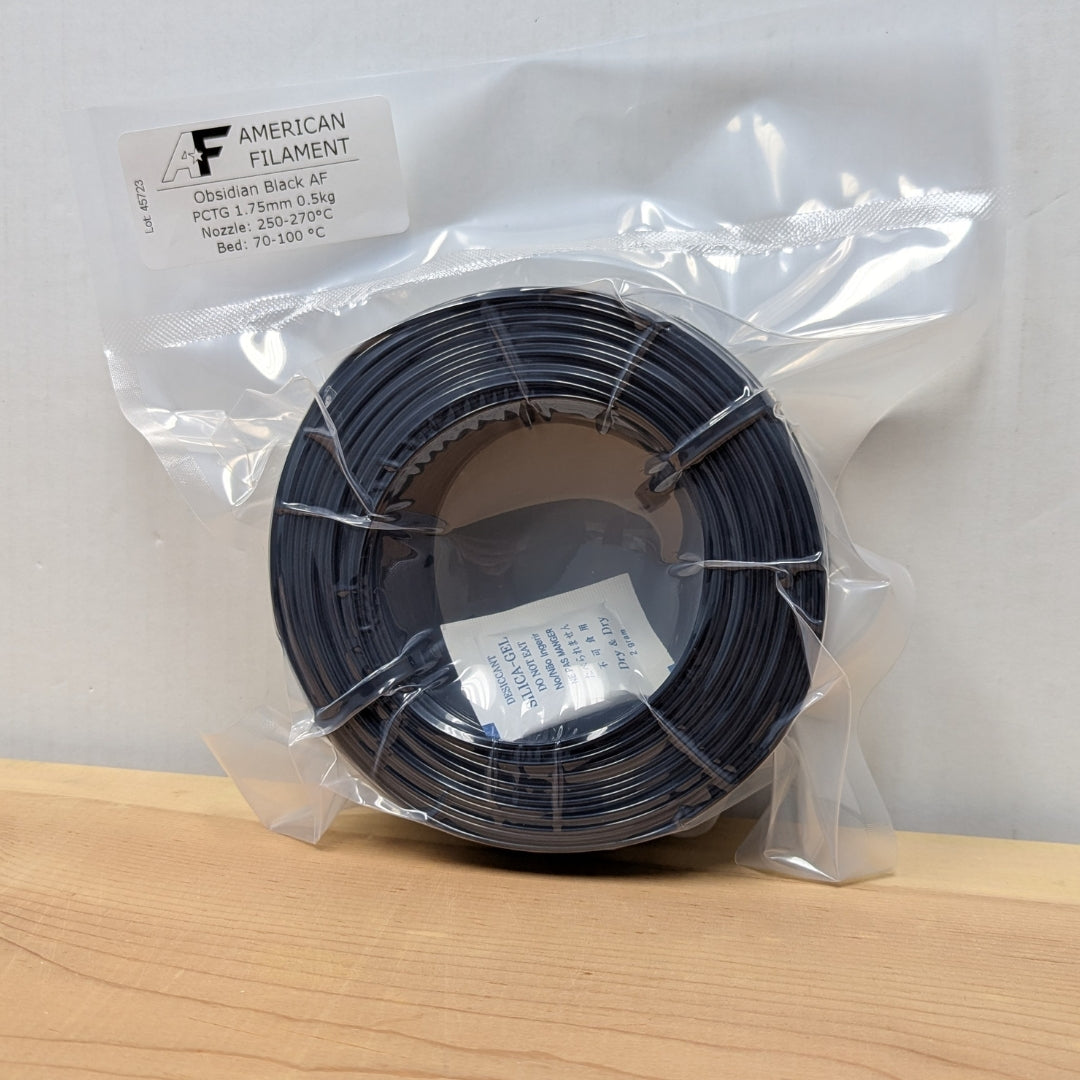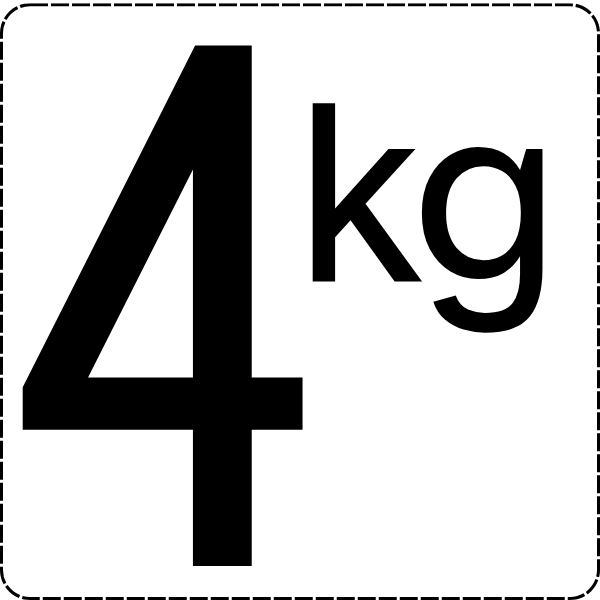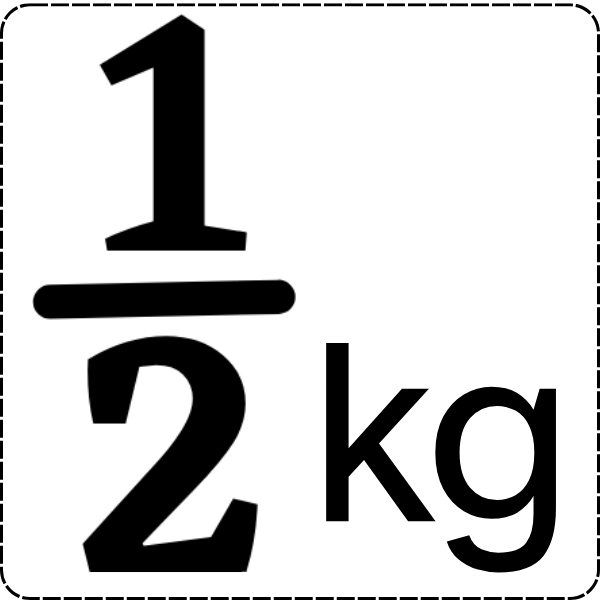Filament PLA+ Tough Pro Onyx Black AF 1,75 mm fabriqué aux États-Unis !
Filament PLA+ Tough Pro Onyx Black AF 1,75 mm fabriqué aux États-Unis !
Impossible de charger la disponibilité du service de retrait
Présentation de notre tout nouveau TOUGH Pro PLA+. Un PLA robuste et technique qui peut résister à des impacts et des températures élevées. Directement à partir de la plaque de construction, notre Tough Pro PLA+ vous offre une résistance aux chocs 8,8 fois supérieure à celle d'un PLA standard.
Notre Tough Pro PLA+ utilise de la résine vierge NatureWorks Ingeo 3D870, conçue pour offrir des propriétés thermiques et mécaniques similaires à celles de l'ABS dans un emballage PLA respectueux de l'environnement.
Cette qualité de PLA peut être recuite après impression pour cristalliser davantage le matériau, améliorant encore ses propriétés thermiques et mécaniques.
Cliquez ici pour consulter notre guide sur la façon de recuire vos pièces.
Notre Tough Pro PLA+ est un matériau de travail de qualité, conçu pour vos tâches les plus difficiles. Fabriqué à partir de résine PLA Ingeo 3D870 conçue et fabriquée ici même aux États-Unis ; après recuit, il présente une résistance aux chocs comparable à celle de l'ABS, une résistance à la température comparable à celle du PETG, le tout dans un emballage PLA d'origine biologique avec les mêmes excellentes caractéristiques d'impression 3D que le PLA.
Chaque bobine contient 1 kg (2,2 lb) de filament, avec un diamètre de 1,75 mm et une précision dimensionnelle de +/- 0,05 mm.
Dimensions de la bobine (désormais compatible avec les unités Bambu Labs AMS) :
- Diamètre intérieur (ID) = 52 mm
- Diamètre extérieur (OD) = 200 mm
- Largeur (L) = 67 mm
- Poids = 200 - 220 g
Nous recommandons une température de buse de 205-220°C et une température de lit de 45-60°C.
Onyx Black s'appelait auparavant Matte Black, si vous recevez une bobine avec Matte Black sur l'étiquette, c'est la bonne couleur !
Téléchargements :
Print Settings
Print Settings
- Nozzle Temperature: 240 - 270°C
- Bed Temperature: 70 - 100°C
- Speed: 60 - 300 mm/s
Nozzle temperature can vary between 240-270°C depending on desired layer to layer adhesion vs part print quality. Higher nozzle temperatures will result in stronger parts, but may cause lower quality and/or increased stringing.
Part cooling can also vary depending on desired layer to layer adhesion vs part print quality. More cooling will result in better overhangs & bridging, but will decrease the ultimate layer to layer adhesion.
For Bambu Printers: We recommend using the Bambu Labs Gold Textured PEI build plate, or other aftermarket textured PEI build plates, for this material. 70°C should be sufficient for adequate build plate adhesion, going higher than this temperature may cause parts to adhere to the plate too well.
For Bambu Printers: recommended retraction length can vary between 0.8-1.2mm depending on the amount of stringing you experience. For other printers: the default retraction settings for PETG should be sufficient, but total retraction length may need to be increased slightly.
For Bambu Printers: It is recommended to lower your Top Surface print speed to 100-150 mm/s for higher top layer quality.
1kg Spool Dimensions (AMS-Compatible)
1kg Spool Dimensions (AMS-Compatible)
- Filament Weight = 1 kg
- Filament Diameter = 1.75 mm (+/- 0.05 mm)
- Spool Inner Diameter (ID) = 52 mm
- Spool Outer Diameter (OD) = 200 mm
- Spool Width (W) = 67 mm
- Spool Weight = 220 g
Share
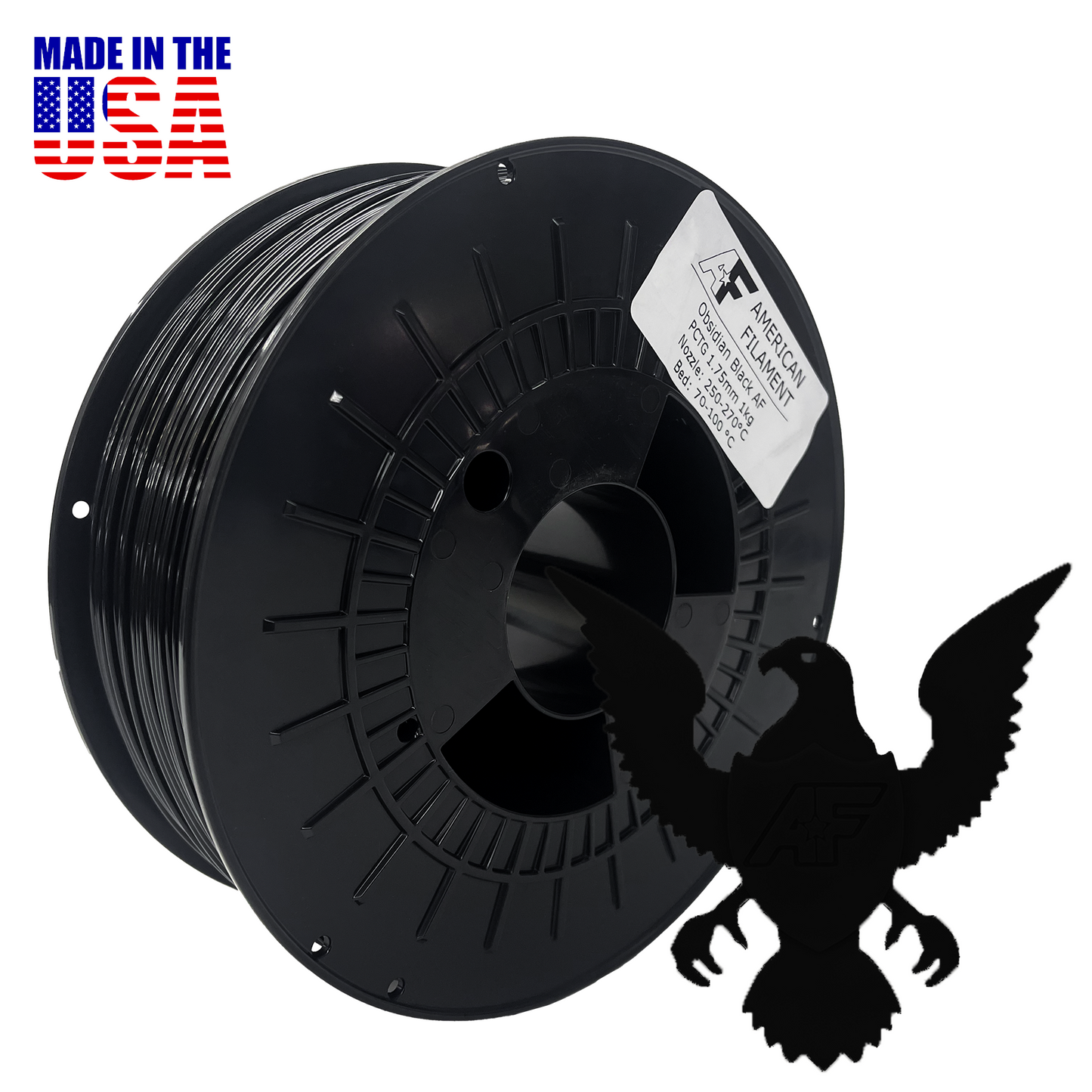



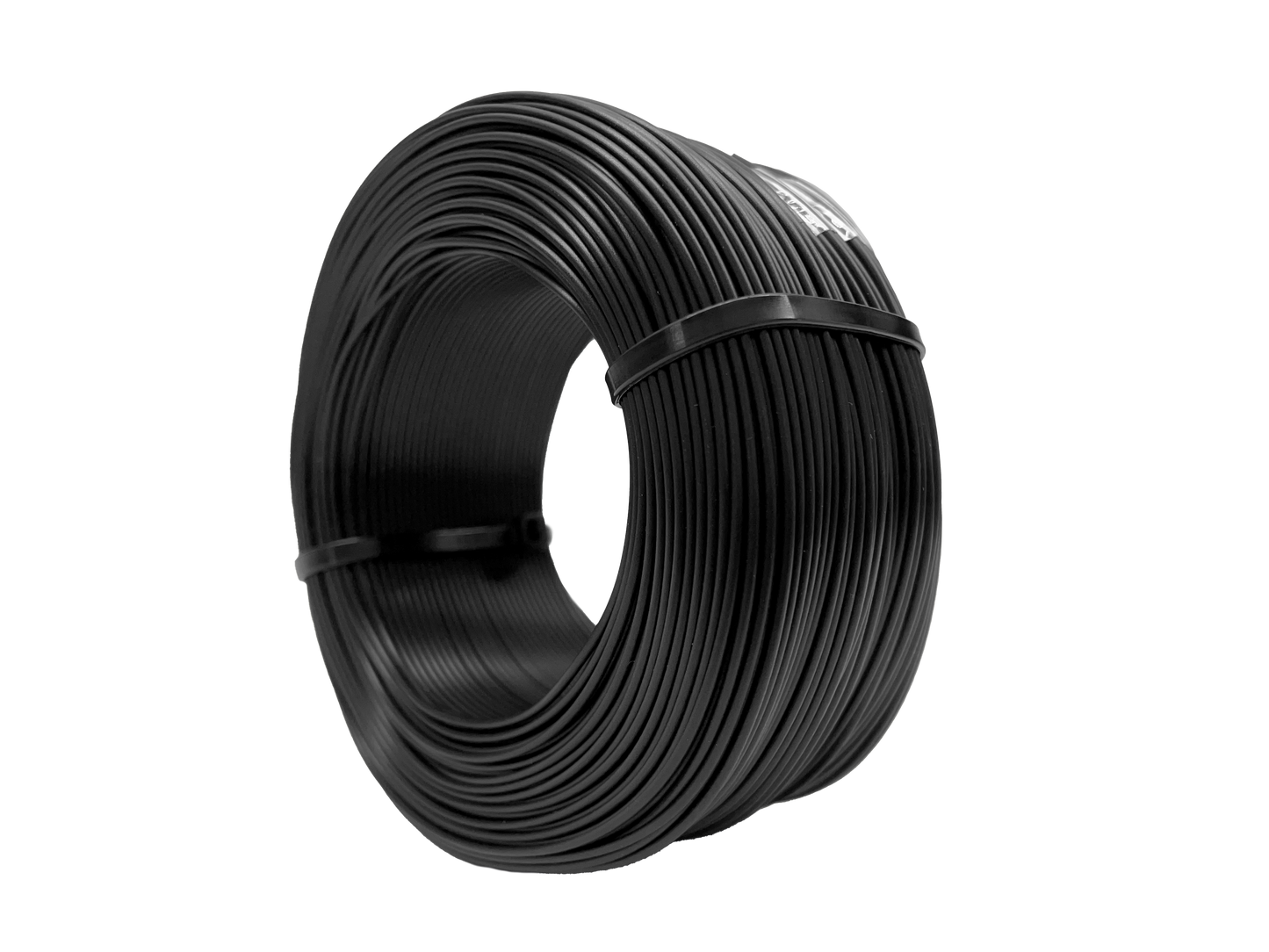

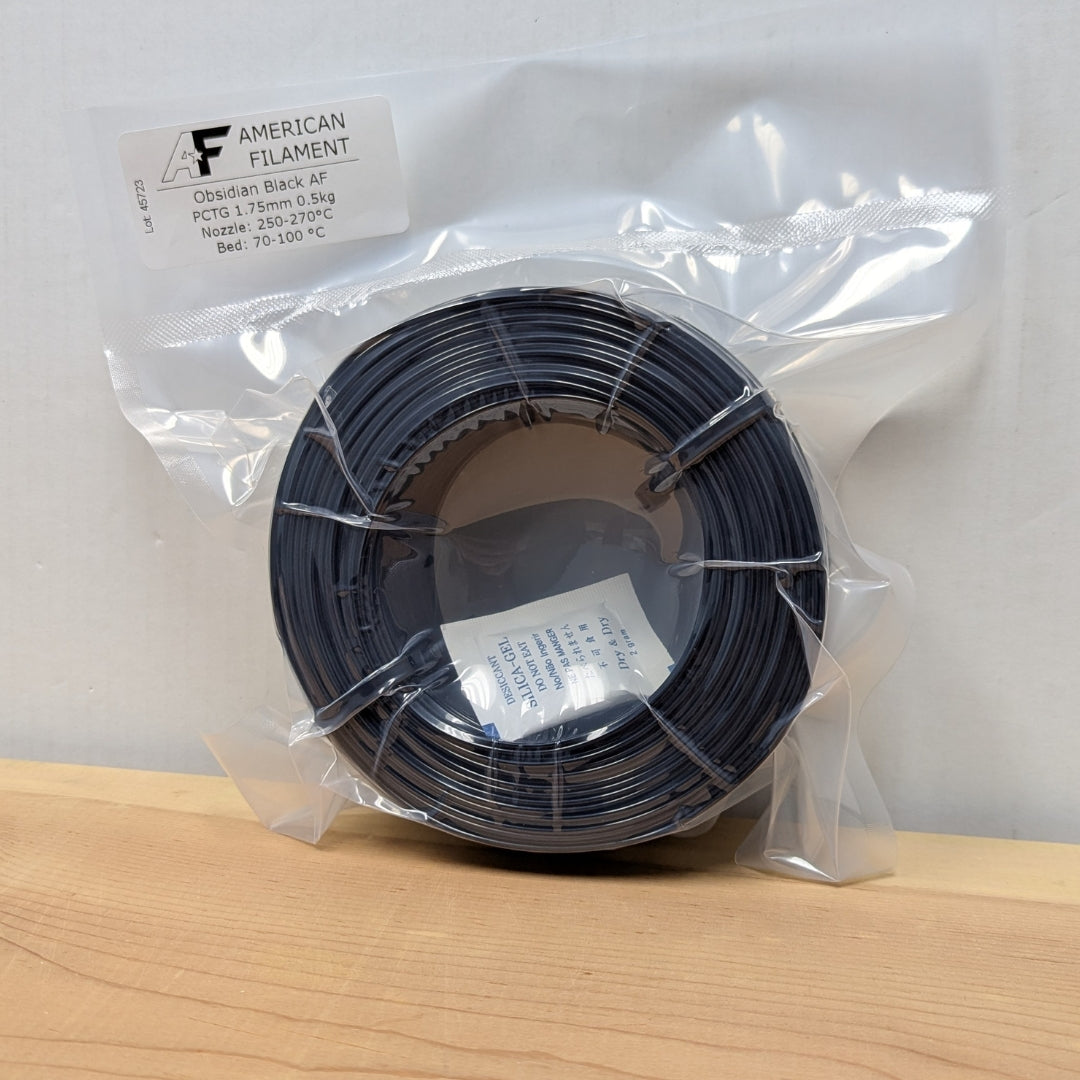
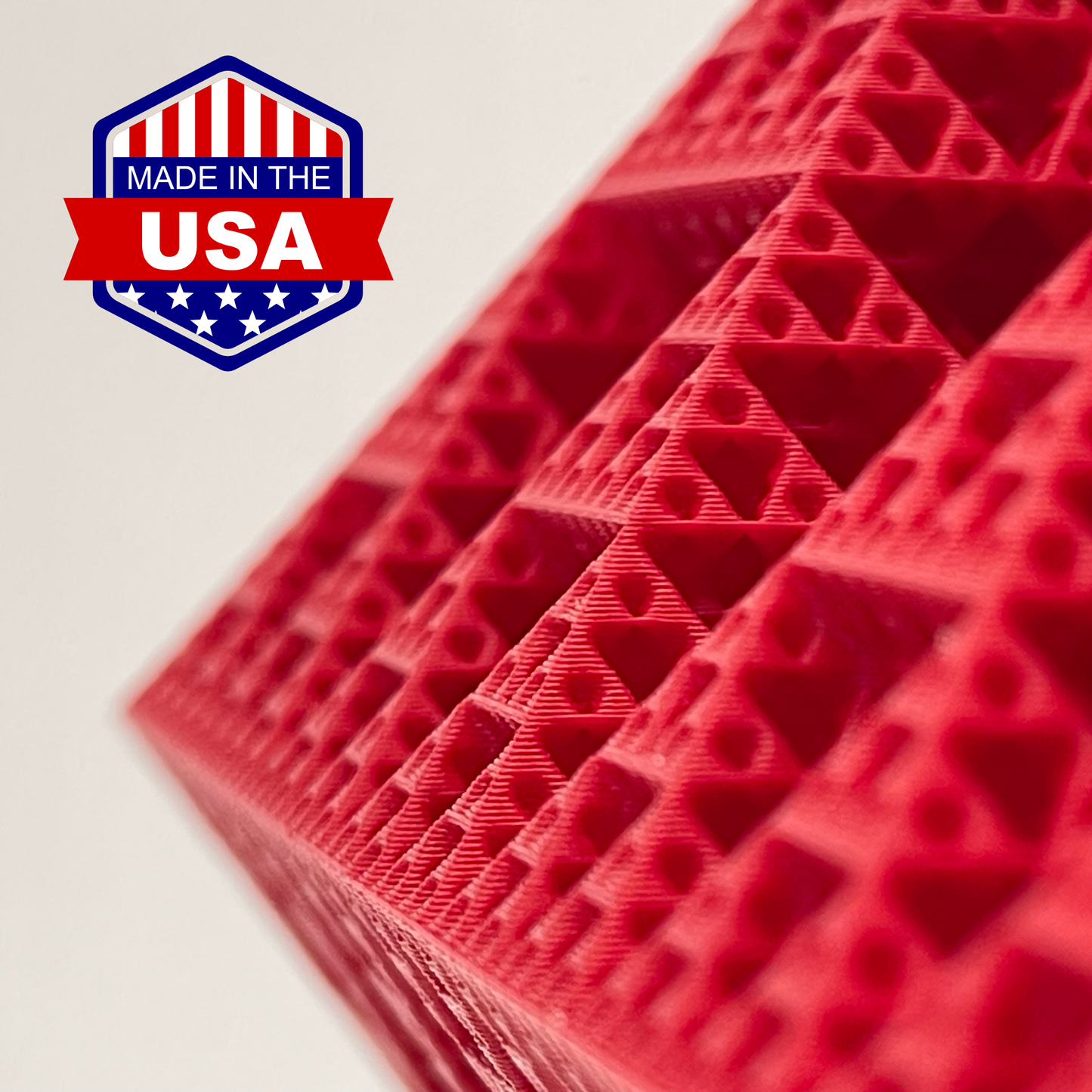
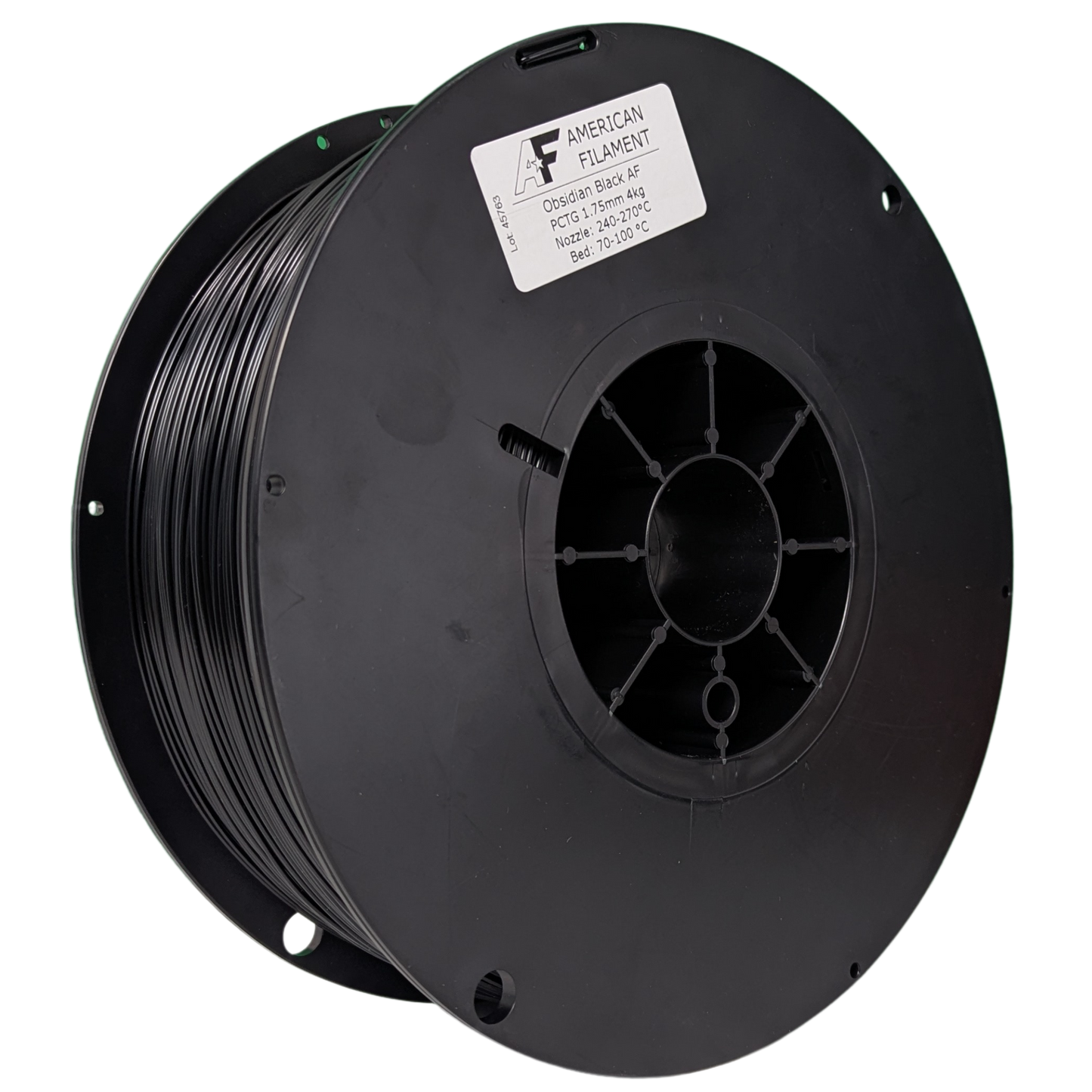
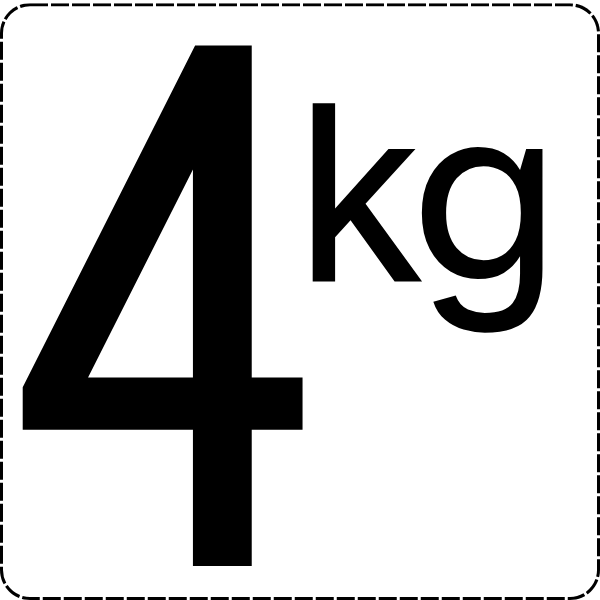


My go to filament for everything. Prints a little better than standard PETG and has the added strength and heat resistance.
The filament is fantastic, I've had zero issues printing with this material and I appreciate that its on an AMS compatible spool so I dont have to mess with adapters etc.
Printed some large objects with thin walls without a brim and they held on strong to powder coated PEI sheet. Prints same speeds, cooling and volumetric flow as PETG. Can confirm 1mm thickness holds fluid with no leaks, so the layer bonding is great too.
Received a broken spool that won’t work in my ams. Contacted support and received absolutely no help.
Eric,
We apologize for the lapse in support! We recently restructured the back end of our support infrastructure, and unfortunately your email slipped throught the cracks. We are sending you a replacement spool.
I'm writing this to specifically referencing the samples. I have a full roll of PCTG ruby red and i love it so far. however, I also bought several packs of samples of various colors to try out. I think that i bought like 10 packs total. These packs come taped in a spool in a vacuum bag. The first problem i had was the tape that bound the filament left a residue on almost every strand that it touched. This would inevitability cause clogs if left on the material. The second problem i had was through the time taken to clean the residue off the filament, despite my best efforts, the filament ended up getting tangled on itself making it impossible to use. I tried this 5 times before giving up and trashing the rest of what i had. Is there a trick to making this work? Given these spools are so expensive i would prefer to try samples first, but the frustration just wasn't worth it.

